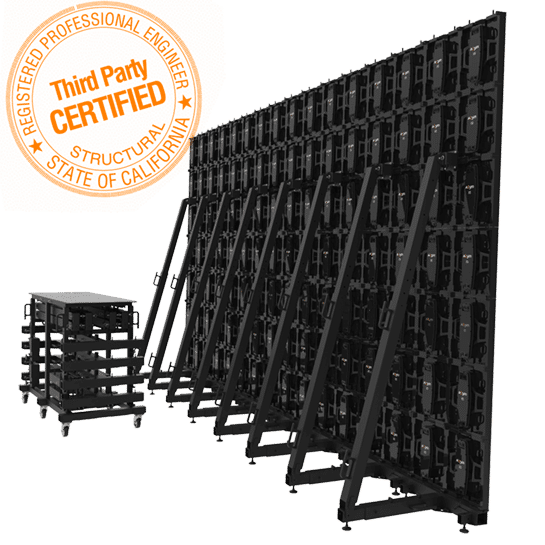Examining the Fundamental Elements That Influence Luminance in Light Emitting Diode Wall Screens
Examining the Fundamental Elements That Influence Luminance in Light Emitting Diode Wall Screens
Blog Article
Light Emitting Diode wall panels are increasingly popular for both advertising and leisure due to their luminous and vibrant displays. Understanding the factors that affect the luminosity of these screens is crucial for manufacturers and buyers alike. Luminosity is typically measured in nits, which indicates how much illumination is produced from the area of the panel. Several key factors affect to the overall luminosity, including the type of LED used, the quality of the panel materials, and the power provided to the screen.
The type of Light Emitting Diode chip used in a wall screen plays a significant role in its luminosity. Various Light Emitting Diodes emit differing levels of light output, which measure the amount of illumination visible to the human eye. Premium chips, such as those made using sophisticated technology, can produce more luminous illumination with greater efficiency. Furthermore, the hue tone of the LED also influences apparent brightness. For instance, colder color temperatures (higher Kelvin values) can appear more luminous than warmer ones, even at the identical lumen level. This feature is vital for applications where visibility is important, such as in outdoor promotion.
The materials used in the building of LED panel panels also affect their luminosity. The type of foundation and encapsulation materials can influence how much light is conducted versus how much is absorbed or dispersed. For example, a panel made with high-quality clear material will allow more illumination click to read more to pass through than one made with inferior materials. Additionally, the design of the panel, including its depth and the arrangement of the Light Emitting Diodes, can enhance or reduce brightness by affecting how light is distributed across the panel.
The power source provided to the LED panel panels is another key factor in establishing brightness. Each Light Emitting Diode chip has a particular voltage and electric flow need for ideal performance. If the energy supply falls short, the brightness of the screen will diminish. Conversely, supplying too much power can lead to excessive heat and reduced durability of the LEDs. Therefore, ensuring a stable and sufficient power supply is essential for realizing consistent luminosity levels. This see here now is particularly important in changing displays, where luminosity may need to be adjusted for varied lighting conditions.
Lastly, environmental elements can affect how brightness is viewed. Ambient illumination conditions play a major role in how luminous an LED wall screen looks. In bright daylight, for example, a screen with a lower luminosity rating may have difficulty to be visible clearly, while a higher-brightness screen can stand out more efficiently. Additionally, the angle from which the screen is observed can affect luminosity perception due to how illumination reflects off surfaces. Comprehending these factors helps buyers select the right Light Emitting Diode wall screen for their needs and guarantees that manufacturers produce products that satisfy luminosity expectations for different applications.